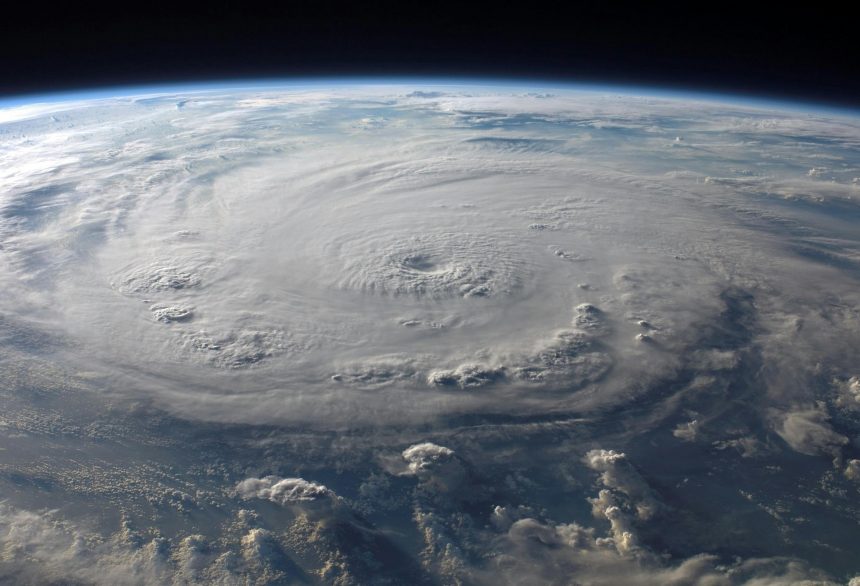Weather forecasting has always been a complex challenge, with experts relying on vast amounts of data and intricate mathematical models to predict atmospheric conditions. Traditionally, forecasts were limited by technology and computing power, and predictions were often accurate only for a few days ahead. However, recent advancements in artificial intelligence (AI) have significantly improved forecasting, making it possible to predict weather more accurately and for longer periods, marking a breakthrough in this field.
The Evolution of Weather Forecasting
In the early 1980s, weather forecasts beyond a few days were highly unreliable, with a mere 65% accuracy rate for five-day predictions. Over the years, advancements in computational power and better weather observation systems have drastically improved forecasting. Today, modern models can achieve accuracy rates of 90% or higher for similar time frames.
Despite these improvements, weather forecasting still has its limitations. Traditional models rely on complex equations that simulate atmospheric physics, often requiring substantial computational resources. These models, though accurate, can take a significant amount of time to process, limiting their real-time application and making them expensive to run. Additionally, as forecasts extend further into the future, their accuracy tends to decline, especially beyond the five-day mark.
GenCast: A New AI-Driven Approach to Weather Prediction
Enter GenCast, a cutting-edge AI-driven forecasting model developed by Google’s DeepMind. GenCast uses machine learning algorithms to predict the weather by analyzing historical data, rather than relying solely on real-time observations and physics-based models. This unique approach allows it to make predictions with a higher degree of accuracy, especially over longer time frames.
In a groundbreaking study published in Nature, GenCast’s performance was compared to one of the world’s leading traditional models, the European Centre for Medium-Range Weather Forecasts (ECMWF) model. The results were impressive. GenCast outperformed the ECMWF model in forecasting key weather variables, such as temperature, precipitation, and wind speed, within a 15-day period. In fact, it showed a significant improvement in accuracy, particularly in the first week of forecasts, with a 10-30% improvement in certain predictions.
One of the key advantages of GenCast over traditional models is its ability to simulate multiple potential weather scenarios simultaneously, rather than relying on a single prediction. This allows forecasters to assess the range of possible outcomes and estimate the likelihood of each scenario, leading to more reliable and confident predictions for up to two weeks in advance.
How AI Models Like GenCast Work
AI-driven models like GenCast differ from traditional weather models in that they don’t rely on real-time data to simulate weather patterns. Instead, they learn from historical data to identify patterns and correlations that can predict future conditions. This enables them to bypass some of the errors inherent in traditional methods, such as discrepancies in observational data.
Additionally, AI models like GenCast are far faster and more energy-efficient than traditional methods. Once trained, these models can generate forecasts in just minutes, as opposed to the hours it takes traditional supercomputers. This rapid processing power allows for more frequent updates and a broader range of simulations, improving forecast accuracy even further.
The Benefits and Challenges of AI in Weather Forecasting
AI-driven weather forecasting brings several advantages, including faster, more efficient simulations and more accurate long-term predictions. For example, GenCast showed remarkable ability to predict extreme weather events, including record-high and low temperatures and intense wind speeds, with greater precision than traditional models.
However, challenges remain. AI models are not perfect and can struggle with predicting extreme weather events that haven’t occurred frequently in the historical data they are trained on. For example, some models may not accurately forecast unprecedented storms or unusual weather conditions resulting from climate change. Furthermore, tropical cyclones, such as hurricanes and typhoons, remain difficult to predict, particularly regarding their intensity.
Nevertheless, the development of hybrid models, which combine machine learning with traditional physics-based methods, could overcome some of these issues. By incorporating real-world physics into AI-driven models, these hybrid systems may provide even more accurate and reliable predictions, particularly for extreme weather events.
Looking Ahead: The Future of AI in Weather Forecasting
As AI continues to evolve, its integration into weather forecasting is expected to become more widespread. While GenCast is still in the testing phase, its success paves the way for future advancements in AI-powered weather prediction. Researchers are optimistic that AI will play an increasingly important role in weather forecasting, helping to improve the accuracy of predictions and, ultimately, saving lives by providing more timely and reliable information.
In conclusion, the rise of AI in weather forecasting represents a significant leap forward in our ability to predict and understand the weather. As technology advances, we can expect to see even more sophisticated AI models that enhance our ability to prepare for and respond to various weather phenomena. The future of weather forecasting is undoubtedly bright, with AI leading the way toward more accurate and efficient predictions.









